GOYA
Help Us See Fashion Today

In Madrid’s Museo Nacional del Prado, a man caresses his wife as he peers up at Francis Goya’s Two Old Men (1820–1823). Another woman fidgets and leans back, gazing at the same work, nearly tripping on her long pleated skirt. An older lady gasps when she reaches Saturn (1820–1823) while her companion adjusts her phone to take a selfie, the blue light bouncing against the varnished painterly surface. As the room slowly clears, three people remain: a tall man with a gravel-grey cabbie hat, a mother with tired, baggy eyes, and her child, who curiously observes Saturn without an ounce of fear.
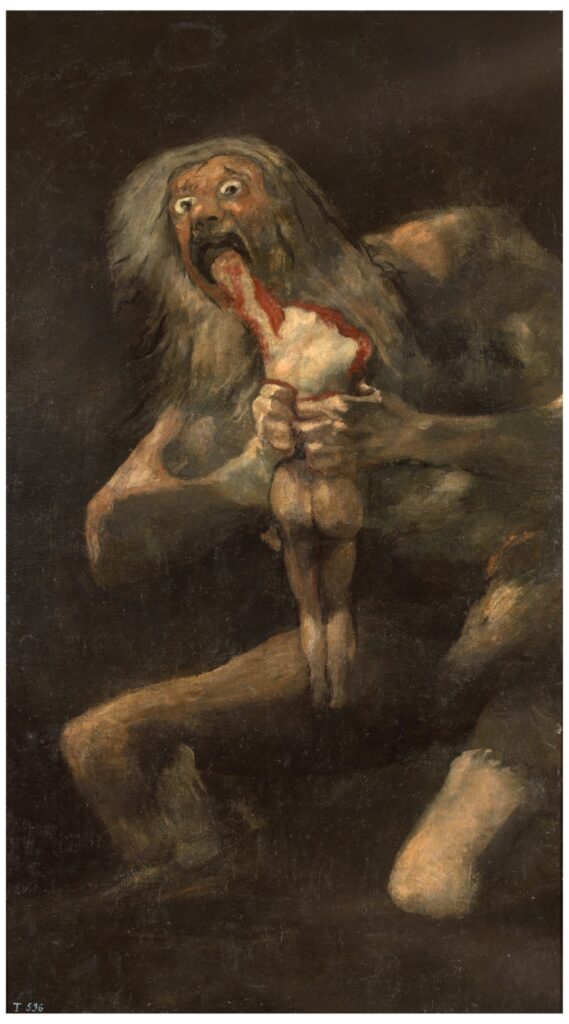
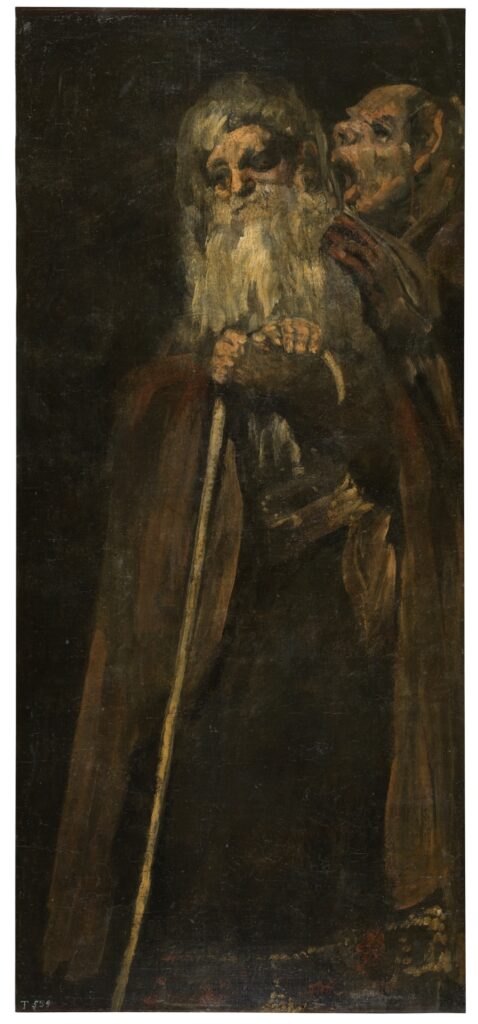
When standing inches away from Goya’s weighty artworks, light presents itself as the obvious stabiliser. Especially in his Black Paintings, light dilutes fatality and torment. It assuages the obscene and brightens the deluge. In Witches’ Sabbath, or the Great He-Goat, (1820–1823) for instance, light blankets the loose open mouths of the witches’,whose taunting provocations blaze in charged disgust. Likewise, in The Drowning Dog (1820–1823), a dog’s head is illuminated as it desperately raises its snout for a final breath of air, moments away from drowning beneath the quicksand.

Beyond light, a breadth of tonality envelopes Goya’s paintings. The He Goat (1819–1823) has a layered weight that, much like Yohji Yamamoto’s sharp eye for construction, cannot completely be appreciated from a digital screen. While the figures’ faces in the middle ground are densely rendered with thick dark brushstrokes, slithers of eyes are achieved with rougher broader marks of highlight. Comparably in The Pilgrimage to San Isidro (1820–1823) full bodies are rendered with thick dark strokes, floating like the pool toys in Walter Van Beirendonck W23 collection.
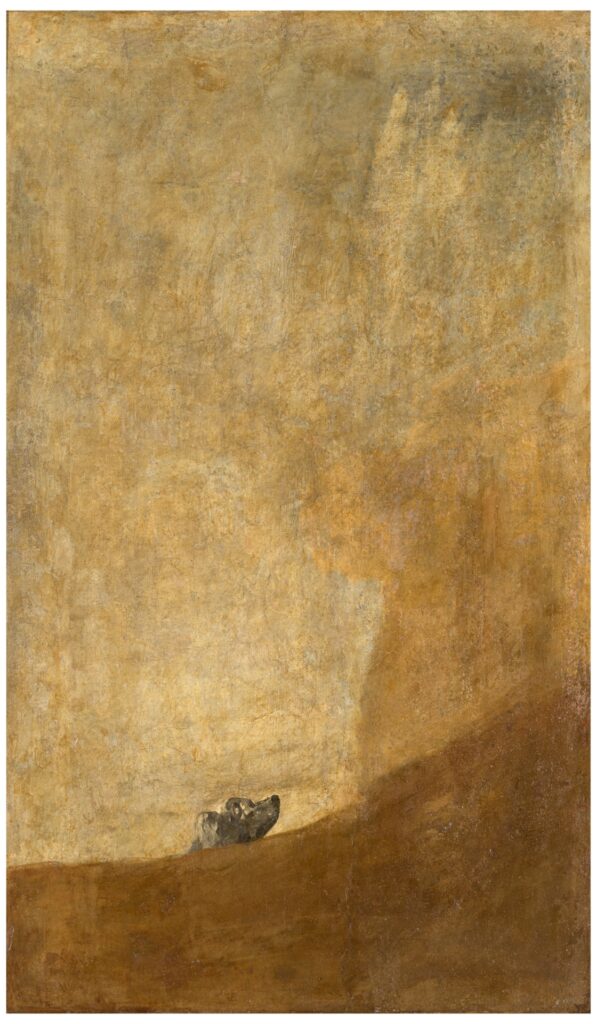
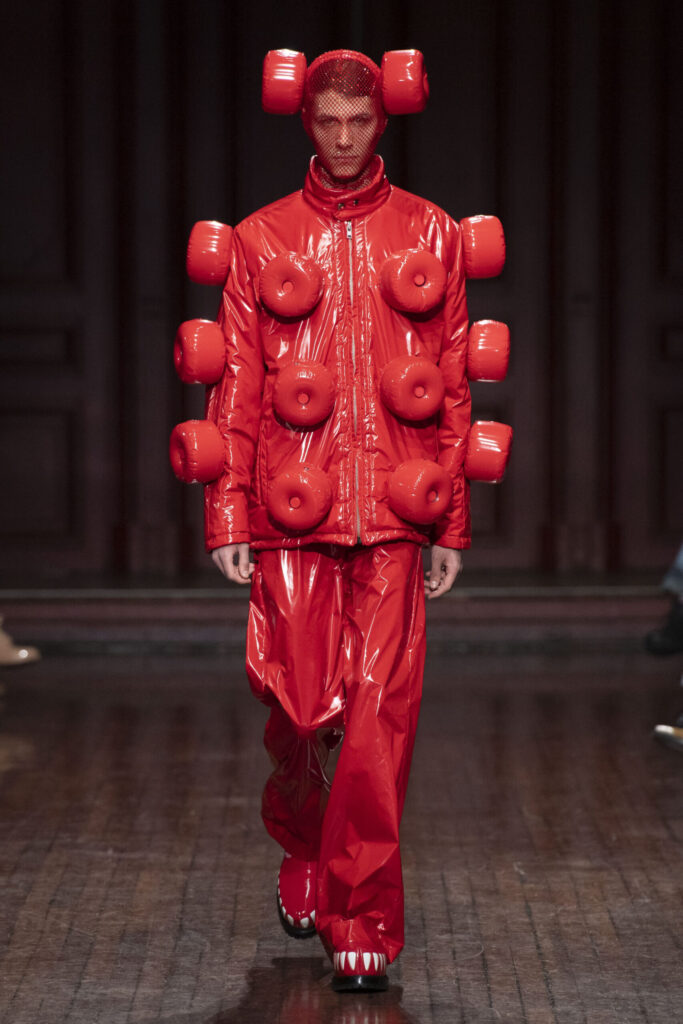
Goya’s influence on fashion surpasses tonal variations. His chromatic decisions seeped through the canvas and into couture. In Alexander McQueen’s Spring/Summer 2002 collection, he not only referenced Spanish bullfighting costumes and headpieces (designed by Philip Treacy), but the moodiness of Goya’s late paintings too. Galliano’s flamenco-paced 2007 couture collection for Dior can be similarly attributed to Goya’s shapes and forms. For Spring 2014, Dries Van Noten sculpted dresses that referenced the Duchess of Alba, the alleged mistress of Goya. Emilio de La Morena also considered Goya’s obsession with the Duchess when he produced a series of velvet corsets and dresses for his 2014 Fall/Winter collection that mimicked the Duchess’ opulence. Although Goya did not receive the same disciplinary training as these designers, his work is still legendary.
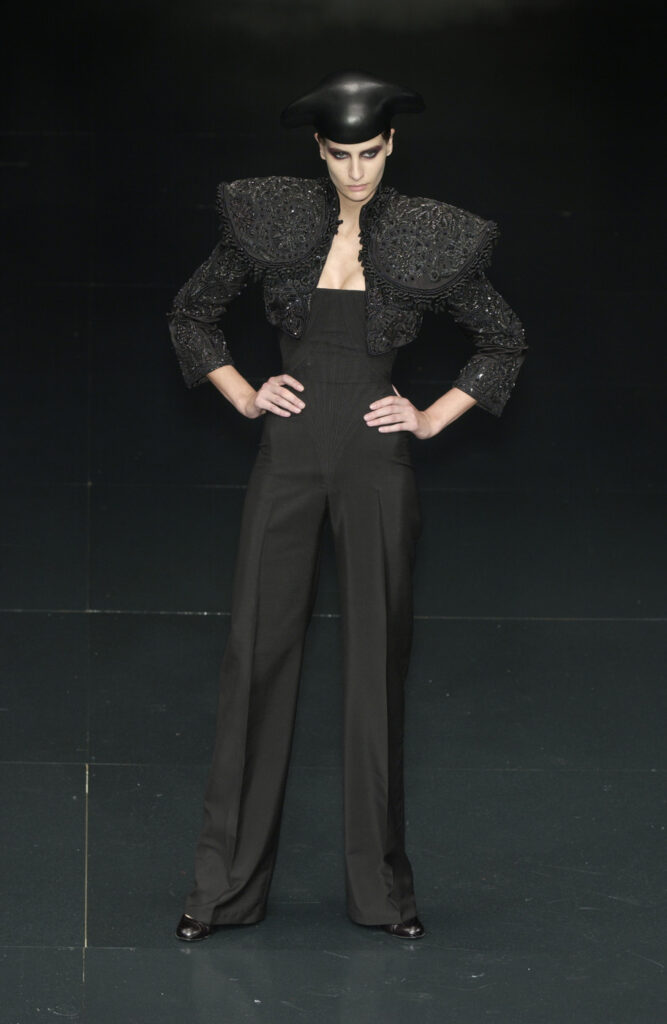
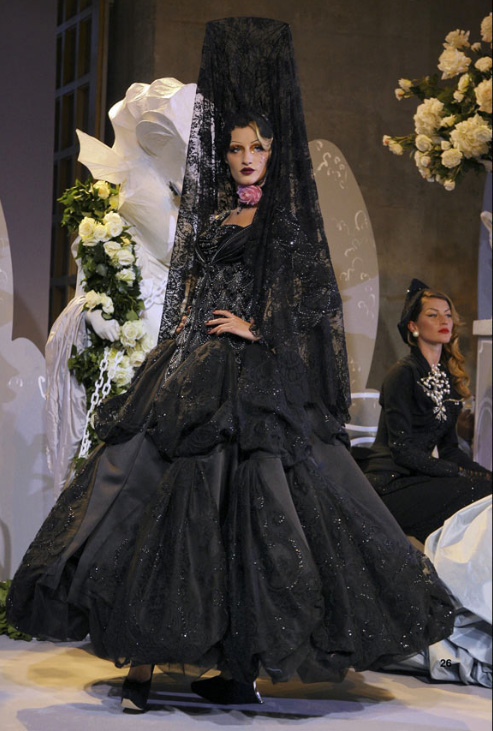
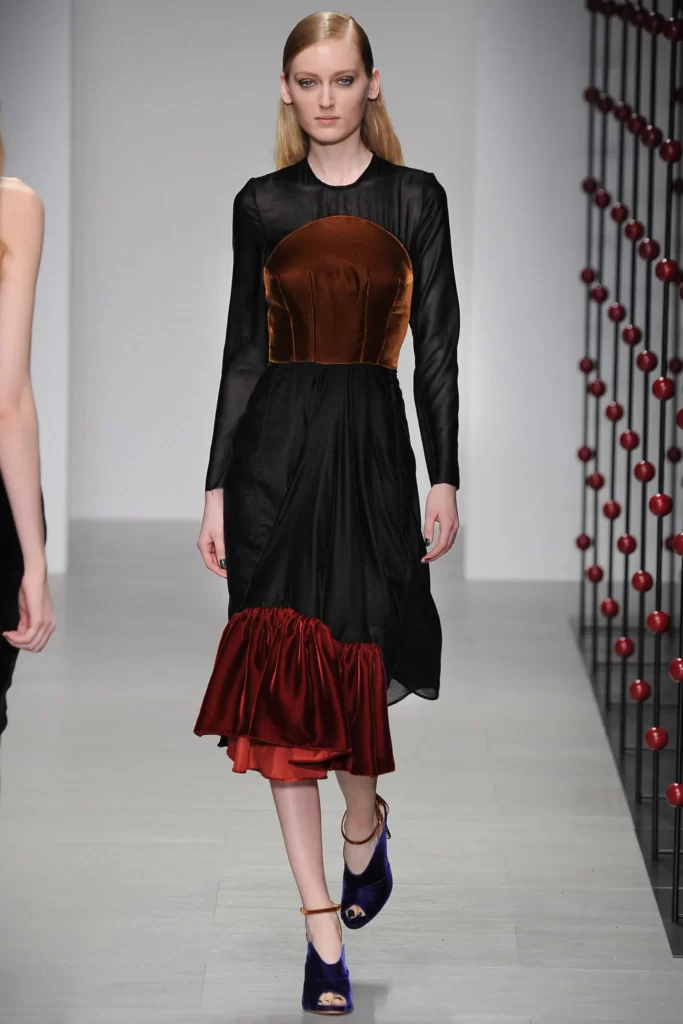
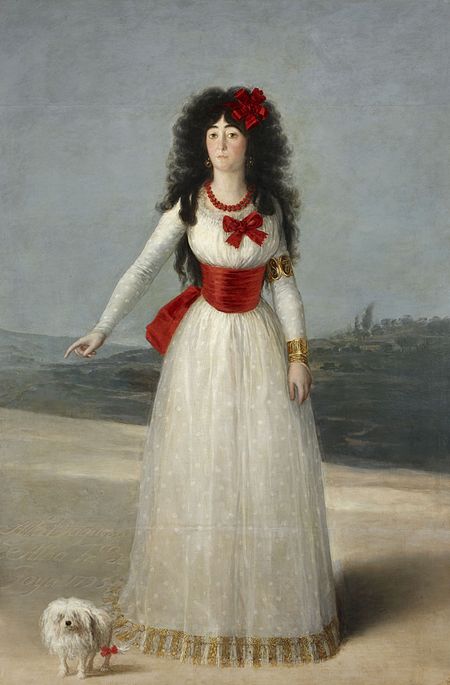
In our black and grey world, light is still treasured. It can be the accentor of dirt on a sneaker, the seducer of grease marks and the amplifier of terror. With all its power, light comes with complications, just as wearing a white T-shirt while cooking increases the likelihood of an oil stain. Although dark suits gather around office desks and black parkas flood train stations, there is always some colour out there: subtle points of light in Canali ties, white socks or the accentuating details of an embroidered emblem elevate the brass tacks of dark hats.
In both painting and fashion, the forces of dark and light can diametrically oppose and complement each other. When a deep brown handbag softens the intensity of a red coat or a muted figure is illuminated with a pink knit under a navy blazer, the equilibrium of these two agents transpires. For the prolific master, Goya, light and dark stir thought and entice wonder. This balance between darkness and light will always remain. Whether it’s a painting at the Prado or pearls over one of Coco Chanel’s little black dresses, when it works, it works.
Britt Murphy and Jaime Butel Capture Australia's Small Towns
By To Be Team
Rick Owens Brings Us Home For Fall/Winter 2024
By Katie Brown
Valentino Couture Presents "Clothes For Our Times"
By Carwyn Mcintyre
Yohji Yamamoto refines maximalism and considered layering in his SS24 collection
By Lola McCaughey
Dream The World Awake
By Hugh Barton
What it means to be Sunnei
By Lola McCaughey